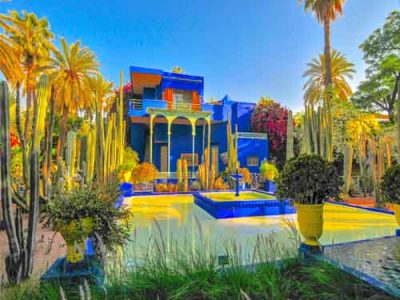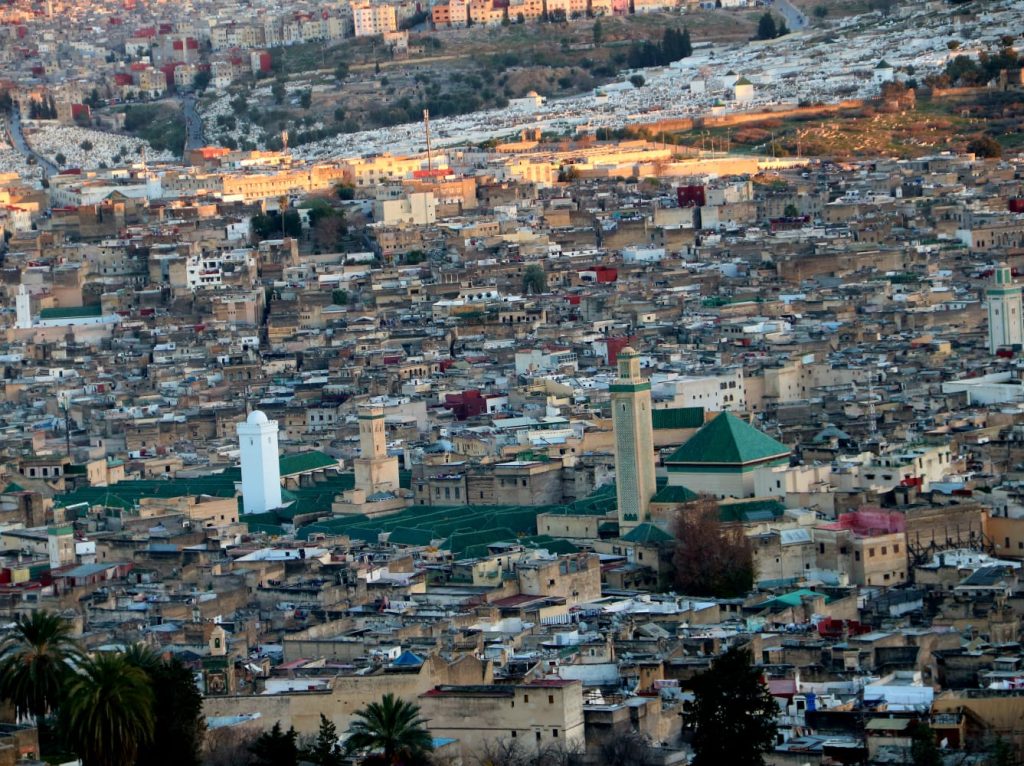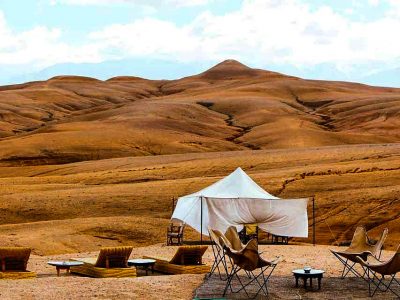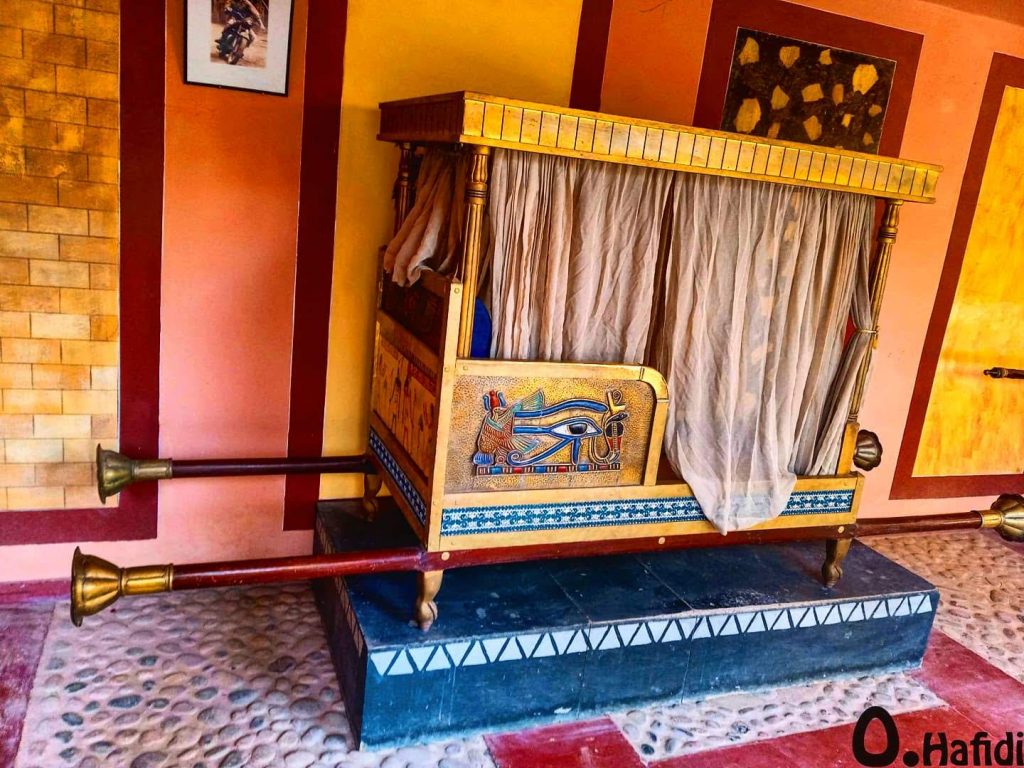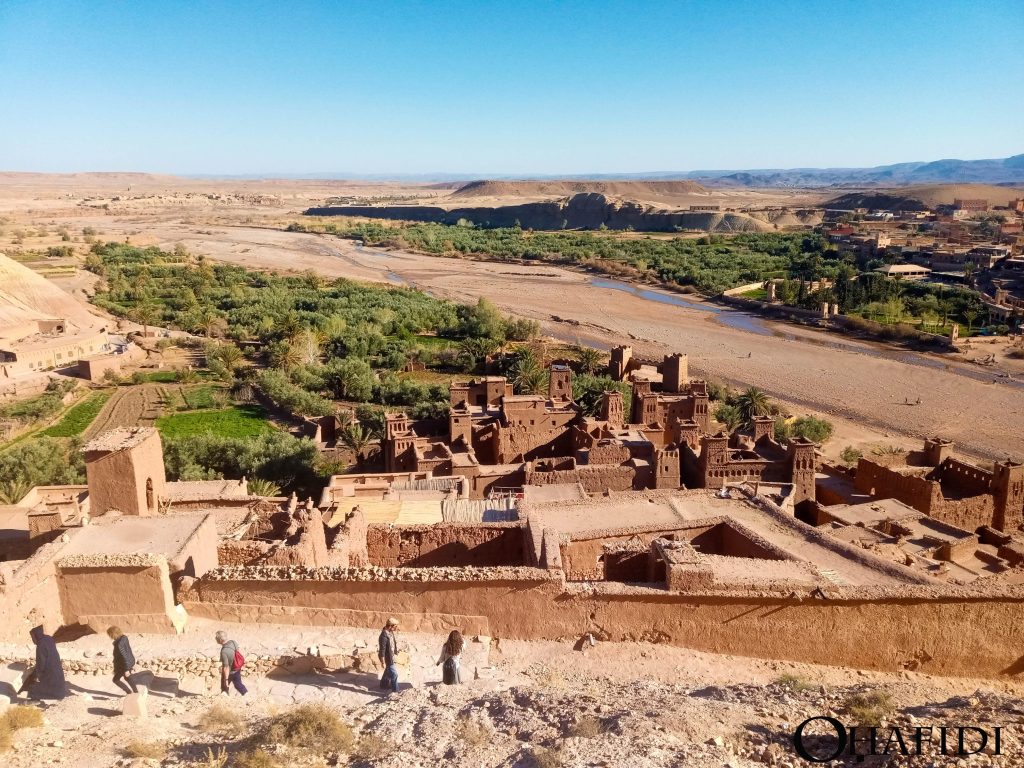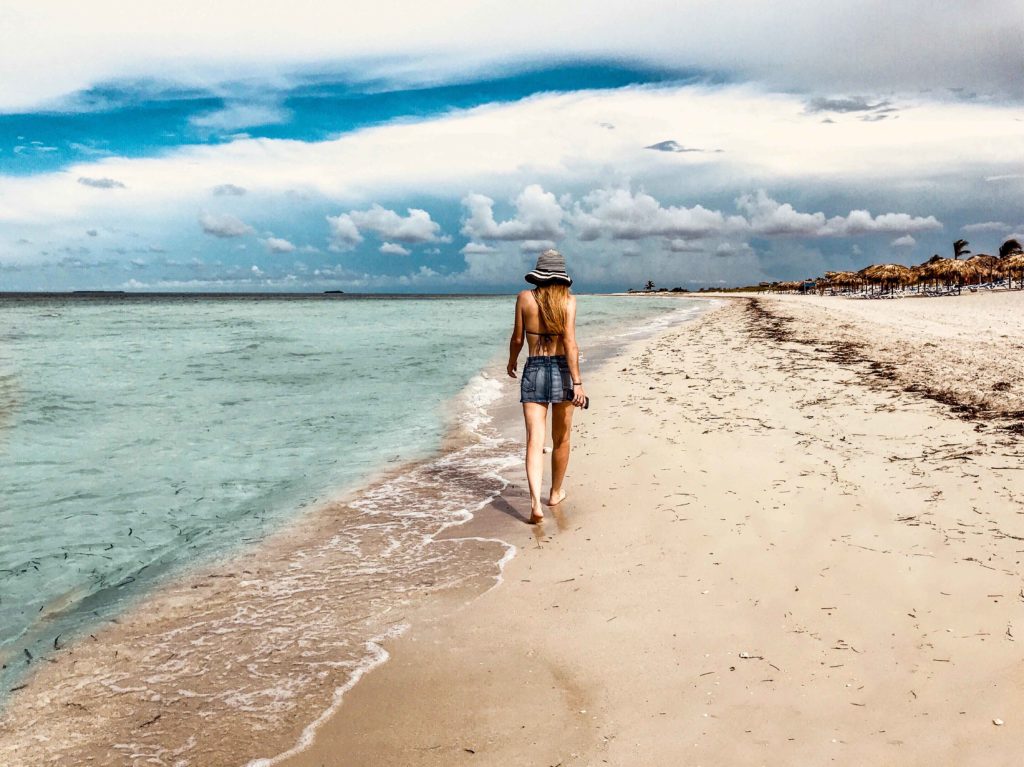8 Sacred Sites For Hidden Secrets of Sufi
Hidden Secrets of Sufi, Morocco’s Trendsetting Sacred Destination
8 Sacred Sites For Hidden Secrets of Sufi, Morocco has a long history of magic and spirituality. From Morocco‘s Atlantic and Mediterranean coasts to the Sahara Desert, there are a lot of holy and sacred sites all over the country. Zaouias is the name for these holy and sacred places. They are where Moroccan saints with Sufi, Islamic, and Jewish roots were buried in the past. People have been making spiritual journeys to these Zaouias and other holy places in Morocco for hundreds of years.
In the past, a zaouia was called an Islamic school or monastery. But the first word comes from the Maghreb and West Africa. It means a holy place with a pool or fountain and is used in a more general way.
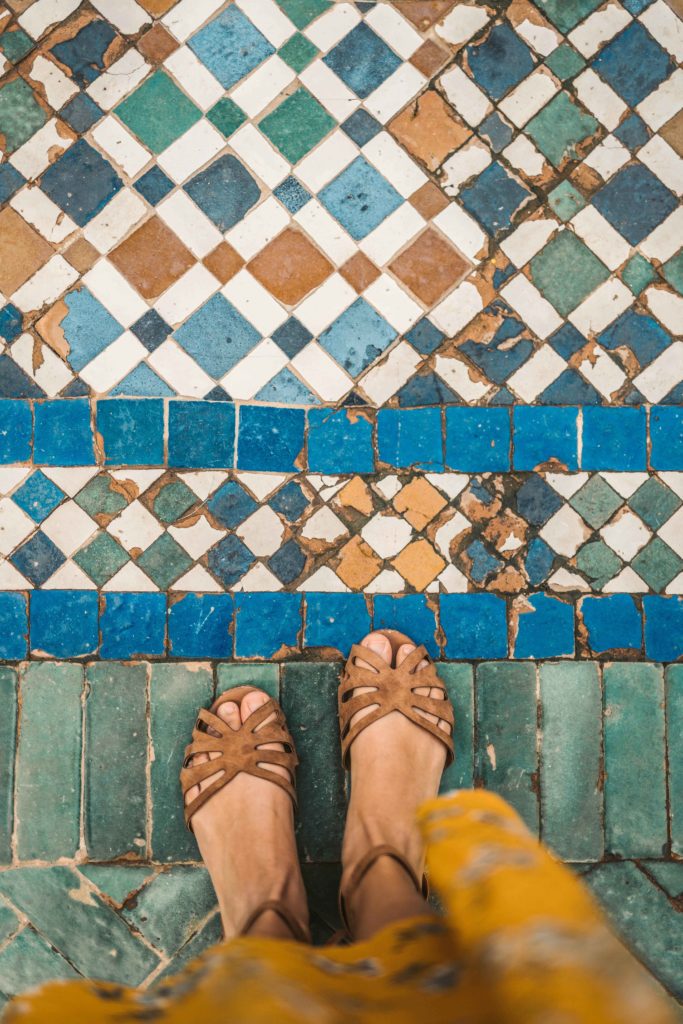
zaouia reveals Moroccan people, traditions, values, and culture. It gives persons interested in historical, religious, and spiritual locations a cultural perspective. Touring Morocco’s 8 Sufi Sacred & Holy Spiritual places is worthwhile.
Morocco’s Berber and Muslim tribes traveled the Maghreb spiritually. They located and buried their saints and heroes. Moroccan Sufi brotherhoods or historical individuals are the saints. The mystical Sufi Brotherhoods are part of the country’s spiritual and religious heritage. Morocco has numerous saints, thus Zaouias are their former homes turned into prayer and ritual spaces.
Sacred Spiritual Sites & Zaouias
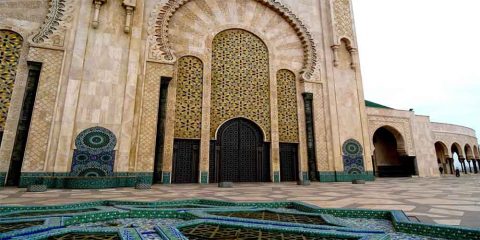
Marrakech’s Seven Saints
Marrakech hosts around 200 devout and spiritual men on a pilgrimage to Mecca. Marrakech’s Seven Saints, Sabtou Rijal, “And seven Men,” are the most important. Moroccans have believed that visiting these seven saints helps heal, grants desire, and brings peace since the 17th century. Sidi Youssef Ben Ali, Qadi Ayyad, Bel Abbas, Suleiman Al Jazuli, Abdel Aziz, Abdullah Ghazouani, and Imam Souhaili are saints.
2. Zawaiya (Zaouia) Naciria, Tamagroute, Zagora
17th-century Zawiya (Zaouia) Naciria. Draa Valley’s most revered shrine. It’s a vital Sufi and scientific center. It’s linked to Mohamed Ben Nacer, Abu Hafs Omar Ibn Ahmed Al Ansari’s lover, and Tariqa Chadhiliyya’s mystical Sufi ideas. This zaouia has a library with well-preserved manuscripts, a 500-year-old Arabic Pythagorean text, and a 300-year-old Koran.
Marrakech, Jbel Gueliz
The Seven Saint Abou El Abbas Sebti has a zaouia near Jbel Gueliz, where he lived for 40 years alone.
He’s from Ceuta but defends Marrakech. His grave at Gueliz Mountain draws blind people since he helped the impoverished and unwell.
4. Zaouiat Sheikh, Beni Mellal, Middle Atlas
Sidi Ya’Ata Bouazza’s sanctuary, Zaouia Sheikh, is situated in the Middle Atlas. This 16th-century Masmuda Berber from Hasqura may have been a miracle worker. Abu Madyan, a prominent Andalusian mystic, and Sufi teacher were one of his pupils who traveled barefoot from Meknes to his mountain grave. According to legend, Sidi Bouazza sensed great promise in Madyan and left him starving at the door for three days. Maydan said Sidi Bouazza was a great sheikh who only spoke Amazigh (Berber) but impacted many.
Sidi Ahmed Barnoussi Zawiya, Fes
1482 Fes birthplace of Sidi Ahmed Barnoussi Zawiya. Barnoussi wrote several Sufi alchemy and science books and articles. Known for “The Meanings of Allah’s Attributes,” he founded the Zerrouki Tarika. Barnoussi learned from Cairo sheikhs, Sufi pilgrimages, and Fes’ Quarawiyyine disciples. Sidi Al Hattab al Kabir, Imam Shaarani, and Abul Hassan Bekri, all famous sheikhs, were his followers. Fes’ Sidi Ahmed Barnoussi.
6. Idriss Zerhoun.
Holiest fortress is a pilgrimage site. Since Mecca is too costly, some Moroccans visit here 7 times. It’s said that six pilgrimages to Fes equal one Haj in Mecca. Moulay Idriss created Sufism’s birthplace in 789.
Moulay Idriss of Morocco was originally known as Idris ibn Abdallah.
He’s Morocco’s most important king and Sufism’s great-grandson of Prophet Muhammad. He introduced Shia Islam to Morocco. He fought the Abbasids, who seized the Umayyad Caliphate in Damascus, as an heir. The Idrisid dynasty, Morocco’s fourth, was founded when Moulay Idriss married the local tribe’s princess. The Berber tribes, who believed the monarch was a powerful Imam, became arrogant after the wedding. The town’s two hills and cliff with unimpeded views take roughly five hours to visit.
Zaouia Moulay Idriss, Fes
Fes is Morocco’s spiritual capital. Idriss II founded Fes in 808. The town is known for tolerance, tranquility, and knowledge. Idriss II was gifted. At age 8, he had memorized the Quran and was Fes’s smartest. When he became king at thirteen, Morocco revered Idriss II’s Islam (805). Throughout the centuries of the Almohad, Marinid, and Saadian kingdoms, the Idrisids allowed Arabization. Morocco’s best Islamic architecture evolved around this time.
Fes houses Moulay Idris II’s Zaouia. The Mausoleum has a horn and qo’bba like many Zaouias. The horn is the holy area around the structure, its contents, and the tomb. The tomb is in the octagonal qo’bba. The zaouia’s holiest spot is the grave. Fes, a 1981 UNESCO city, has several outstanding mosques, spiritual institutes, and zaouia.
8. Al Quaraouiyine Mosque and Sidi Ahmed Tijane Zawiya, Fes
The world’s oldest university mosque is Al Quaraouiyine. The mosque held 22,000 people and was Africa’s most significant. Sidi Ahmed Tijane’s Zawiya is nearby. The Zawiya honors the founder of Tijani, a branch of Suni Islam that values culture and education, with a turquoise minaret.
Casablanca Tours
Morocco Classic Tours
Address: 86 Lot Hiba, 30000, Morocco
Phone: +212 613-504732
Email: moroccoclassictours@gmail.com
SITEMAP


